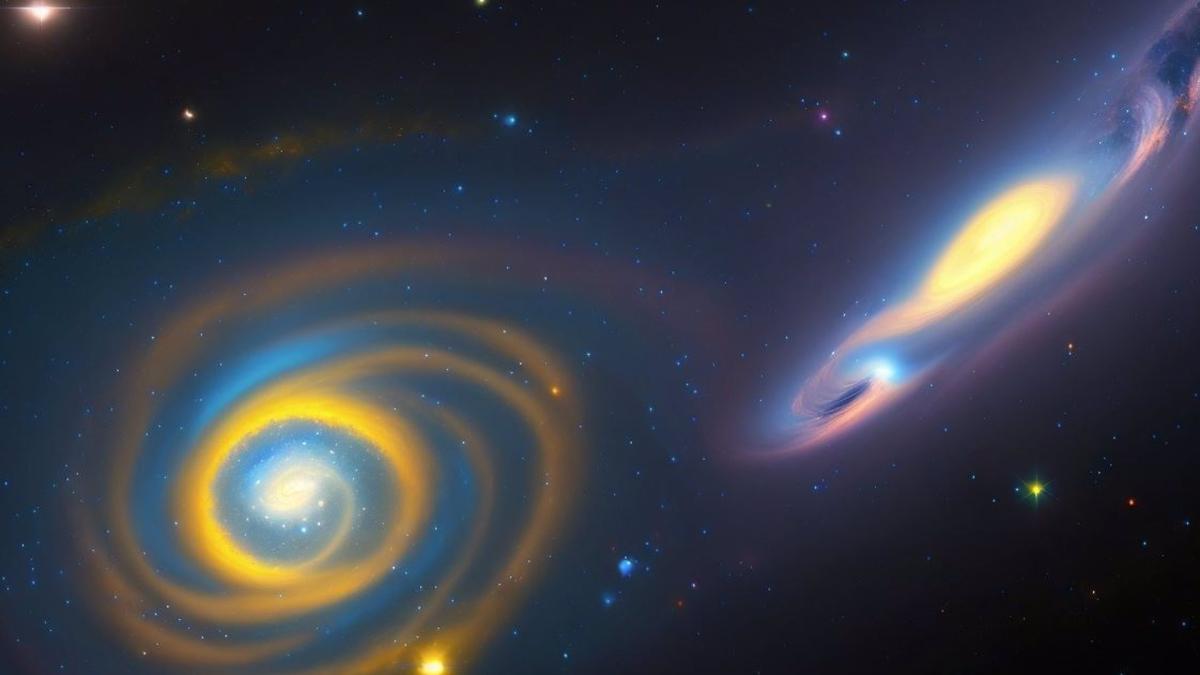He The ocean color has changed significantly in the last 20 years According to a study published Wednesday in the journal Science, scientists believe such a shift could be attributed to human-induced climate change. Nature.
Research by the Massachusetts Institute of Technology (MIT) and the National Oceanographic Center in the UK found that “more than 56% of the world’s oceans have changed color to a point that cannot be explained by natural variability.
Less blue and greener oceans
According to the study, tropical oceans, especially near the equator, have become greener in the past two decades. reflecting changes in their ecosystems.
The researchers explain that the color of the ocean is a visual product of everything in its upper layers and deep blue water reflects very little life, while green water indicates the presence of ecosystems and, importantly, from phytoplankton. , plant-like microbes are abundant in the upper ocean, which contains the green pigment chlorophyll.
“I’ve been running simulations for years that have told me these ocean color changes are going to happen,” said study co-author Stephanie Dutkiewicz, a senior investigator in MIT’s Department of Planetary, Atmospheric and Earth Sciences and the Center for Global Change Science.
Dutkiewicz said he wasn’t surprised by the change in the oceans’ color, but was alarmed by what it indicated. An imbalance in a fragile food chain will worsen as climate change accelerates.
Another cause for concern is the ability of seawater to capture and store carbon dioxide, as phytoplankton are a powerful tool in this task, and “different species of plankton have different abilities to do so,” Dutkiewicz explains.
Researchers are still working to figure out what these changes mean, but they have no doubt that the changes are caused by human-induced climate change.
NASA’s contribution to monitoring ocean color change
Researchers monitor changes in ocean color from space by measuring the amount of green or blue light reflected from the ocean’s surface.
They used data from the MODIS-AQUA satellite, launched by NASA in 2002, which is capable of detecting differences invisible to the human eye.
The color variations between 2002 and 2022 were attempted to simulate changes in the oceans under two scenarios in a climate change model: additional pollution and further warming of the planet.
The results for the high pollution scenario are in almost perfect agreement with the model and Dutkiewicz’s predictions and changes. About 50% of our oceans will change color, Dutkiewicz said. Reality shows about 56% change.
The next step for the scientific community is to try to better understand what these color changes mean and what causes them in different parts of the oceans.
They call it the ‘Mexican Titan’: it’s submerged in almost 100 feet of water and explored southeast of the Aztec nation.





